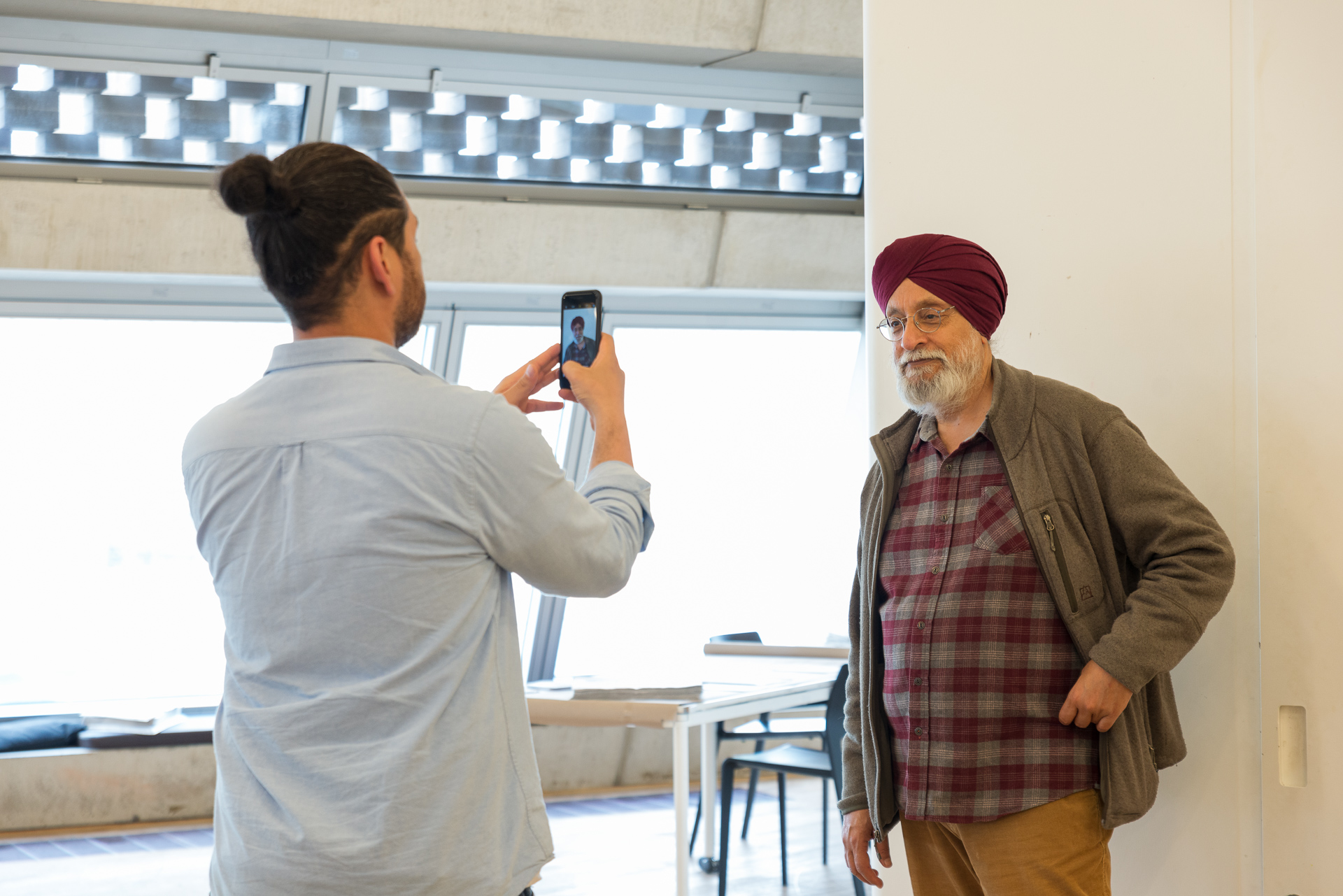‘Who Are We?’ – Open University REF Impact Study
Findings report
From the 21st to the 26th May 2019, The Open University, Counterpoints Arts and the Tate Exchange organised and hosted the annual week of research, experimental arts and collective action around issues of citizenship and migration, called Who Are We. During this week, an ethnographic rapid impact study was conducted to (1) understand the impact of this collaboration on society and visitors’ perceptions; (2) understand its impact on artists’ practice; and (3) understand its influence on the curatorial practices of Counterpoints Arts and the Tate Exchange.
The overlap in the views and themes identified across visitors, artists and the institutions is perhaps one of the most significant findings. These views across stakeholders reinforce each other, thus giving strength to the findings and the value and impact of the Who Are We.
Firstly, the study found that Who Are We had an impact on visitors professionally, personally and across the personal, professional and political at the same time. There are clear examples of learning both in terms of methods and skills as well as learning about one’s positioning in society in relation to discussions and issues around citizenship, migration and belonging. Visitors explained they felt provoked to think in new ways; became more aware of prejudice; and felt inspired to do something. At least one example was found of a visitor who decided to volunteer at a refugee organisation after visiting Who Are We.
The study finds that the partnership between academia and the arts has been a central catalyst to this by enabling a space of interactive and meaningful conversation, better and more nuanced understanding of issues, empathy and affect towards a diversity of experiences, and empowerment of visitors among other themes.
Secondly, in relation to impact on artists, the research finds that artists have also valued the influence of academia in their practice. It has allowed them to think about issues in new ways, by providing a layered depth of knowledge to issues and risky conversations they are willing to have with the public, and by the greater access and impact to people’s lives enabled through participatory approaches.
There has been some feedback on the challenges that come when bringing very different frameworks and infrastructures together (ie. academic and artistic) but the findings largely show a view that these challenges are productive tensions that bring about new nuanced ways of thinking to both parts, as well as genuine social impact.
Artists also spoke about the value of the synergies that are created by combining arts and academia. Some of their explanations of the value of Who Are We suggest it is seen as a healing space of solidarity for them and for visitors. Artists also thought that academics learn from working with artists too, something that academics interviewed also recognise.
With regards to curators, their views largely overlap. There is an overwhelming value of the social impact of this partnership through public learning as well as an appreciation of the importance of the long term nature of the partnership for this impact to develop and evolve.
Read full report here.

Images by Marcia Chandra.